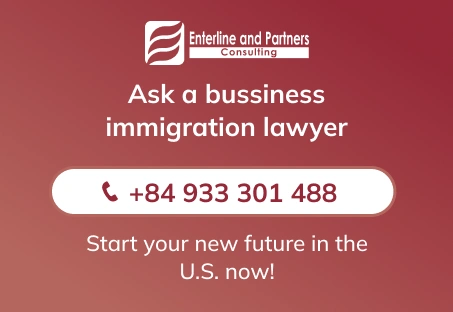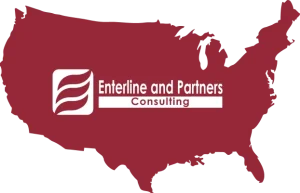In response to the COVID-19 pandemic, U.S. Citizenship and Immigration Services (“USCIS”) is again extending the time period within which applicants, petitioners, and requestors may respond to agency requests. This flexibility applies if the issuance date listed on the request, notice, or decision is on or between March 1, 2020, and March 26, 2022 and applies to the following:
- Requests for Evidence;
- Continuations to Request Evidence (N-14);
- Notices of Intent to Deny;
- Notices of Intent to Revoke;
- Notices of Intent to Rescind;
- Notices of Intent to Terminate regional centers; and
- Motions to Reopen an N-400 Pursuant to 8 CFR 335.5, Receipt of Derogatory Information After Grant.
The USCIS will consider a response to the above requests and notices received within 60 calendar days after the response due date set in the request or notice before taking any action.
In addition, USCIS will consider a Form I-290B, Notice of Appeal or Motion, or Form N-336, Request for a Hearing on a Decision in Naturalization Proceedings (Under Section 336 of the INA), if:
- The form was filed up to 90 calendar days from the issuance of a USCIS decision; and
- It made that decision on or between November 1, 2021, and March 26, 2022.
Under previously announced flexibilities, USCIS considered a Form I-290B or a Form N-336 if the form was filed up to 60 calendar days from the issuance of a decision by USCIS, and if such decision was issued on or between March 1, 2020, and Oct. 31, 2021.
You can visit www.uscis.gov/coronavirus for USCIS updates related to COVID-19 or if you have any questions or concerns about the deadline to response to any of these requests, you can contact us today at info@enterlinepartners.com and speak with a U.S. immigration lawyer in Ho Chi Minh City, Manila and Taipei.
ENTERLINE & PARTNERS CONSULTING
Ho Chi Minh City, Vietnam Office
Suite 601, 6th Floor, Saigon Tower
29 Le Duan Street
Ben Nghe Ward, District 1
Ho Chi Minh City, Vietnam
Tel: +84 933 301 488
Email: info@enterlinepartners.com
Facebook: Enterline & Partners – Dịch vụ Thị thực và Định cư Hoa Kỳ
Website: http://enterlinepartners.com
Manila, Philippines Office
Tel: +632 5310 1491
Email: info@enterlinepartners.com
Facebook: Enterline and Partners Philippines
Website: https://enterlinepartners.com/language/en/welcome/
Copyright 2021. This article is for information purposes only and does not constitute legal advice. This article may be changed with or without notice. The opinions expressed in this article are those of Enterline and Partners only.








